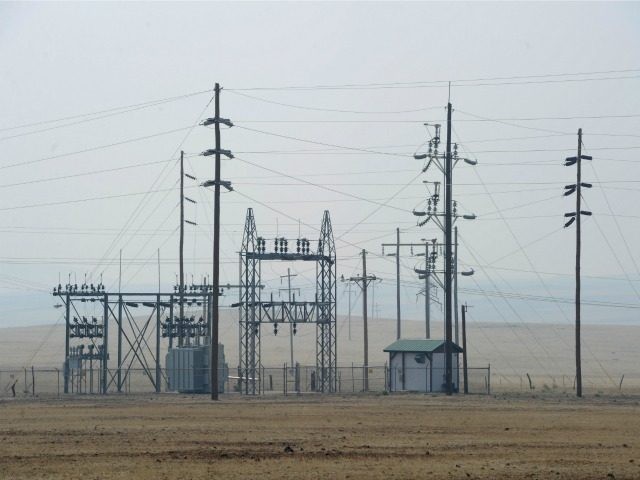Next week, a federal appeals court will hear opening statements regarding President Obama’s “Clean Power Plan” (CPP).
At issue is whether the CPP represents a lawful effort to rein in carbon dioxide emissions from the nation’s power sector. While the Environmental Protection Agency (EPA) proudly touts this plan to tackle “carbon pollution,” a closer look reveals draconian impacts that could profoundly affect the U.S. economy.
For starters, the CPP carries a stunning price tag. Among other things, the CPP would shutter 40 percent of America’s current clean-coal fleet, and will necessitate massive new power sector construction. With characteristic nonchalance, however, EPA has simply ignored the projected $64 billion cost of new generating facilities and transmission infrastructure for roughly 24 million homes.
But these costs will be passed along to consumers—along with a $214 billion hike in wholesale electricity prices prompted by the loss of affordable, coal-fired power generation. Overall, this means that average annual household electricity bills could rise 33 percent by 2020, from 2012 levels.
Does EPA have the necessary authority to undertake such a massive undertaking? That’s what the court must decide. But 28 states are betting it doesn’t, arguing that Congress never authorized the EPA in the Clean Air Act to dictate compulsory changes to each state’s energy grid. The EPA disagrees, and now appears hell bent on turning 45 years of legal precedent on its head, insisting it can set standards not just for individual power plants but for an entire state’s power supply.
State sovereignty matters significantly here, since EPA ignores traditional state authority to manage individual energy economies. Already governors are bristling at the prospect of losing control over their electricity costs—now projected to reach double digit increases in 40 states. In fact, if the CPP is upheld in court, 16 states will likely see wholesale power prices jump by at least 25 percent.
These added costs help to explain why a concerned U.S. Supreme Court issued a stay of the CPP last winter—citing the threat of immediate and irreparable economic harm. It was the first time the high court blocked an EPA regulation before its review by a lower court.
Low-income families may particularly bear the brunt of such costs. They have less income for non-discretionary spending. (This includes a lot of Americans; half of all U.S. households now spend almost 20 percent of their disposable income on energy.) Jobs will also be impacted as higher energy prices cycle through the manufacturing economy. The U.S. Chamber of Commerce estimates lost jobs from the CPP will hit 224,000 annually, from implementation through 2030.
Is all this pain worth the effort?
EPA blithely touts the importance of cutting carbon dioxide emissions. But the CPP offers only meager environmental benefits. A fully implemented CPP is projected to lower atmospheric CO2 concentrations by less than one percent, and reduce global temperatures by a theoretical 0.018 degrees Celsius by the year 2100.
This is not a trade-off Americans want. EPA projects the CPP will force the retirement of 56 coal-fired power plants. But a Sept. 19 poll conducted by Morning Consult found that voters’ single biggest concern with energy is “cost,” and for that reason, respondents voiced a strong preference for keeping coal in the U.S. energy mix.
It’s a logical decision. America’s current, diverse energy mix features competition among a variety of fuels, and prevents the price of any one fuel from skyrocketing—a diversity that currently saves consumers an estimated $93 billion annually. That savings could soon be lost.
The EPA has never previously shown any aptitude for running America’s massive power grid. Yet now it envisions a staggering transformation of the nation’s power sector, and on a tight timetable. The global warming debate has its place, but such unrealistic experimentation with America’s complex power sector is not the place to start. Let’s hope the federal judges hearing this case next week agree.
Terry M. Jarrett has served on both the National Association of Regulatory Utility Commissioners (NARUC) and the Missouri Public Service Commission.

COMMENTS
Please let us know if you're having issues with commenting.